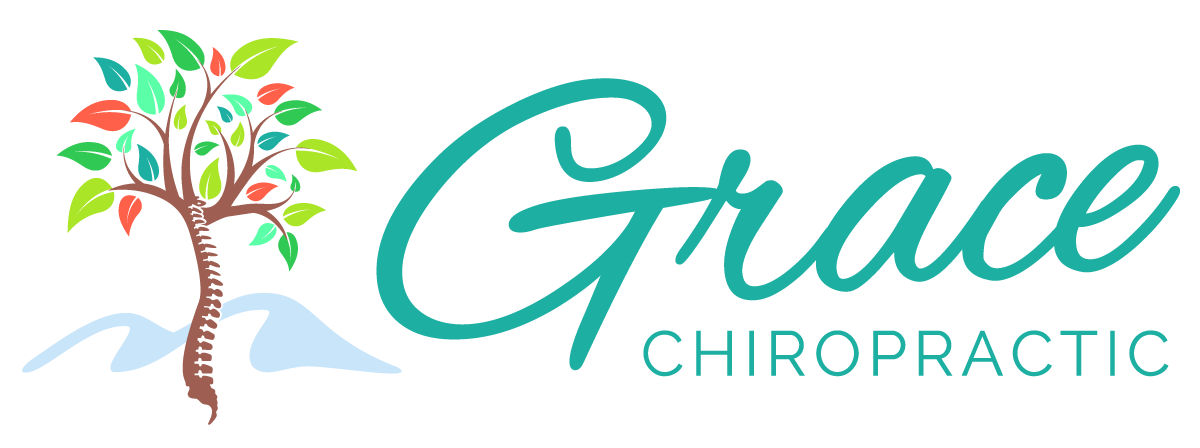Chiropractic Manipulations and What to Expect
Living pain-free is a big deal, and something that Americans are really struggling with.
Approximately 8 out of 10 people will experience back problems in their lifetime, and the percentage of the population with low back pain has increased over the last 16 years. While there are lots of options for treatment, Chiropractic care is generally overlooked until the problems become serious enough, and/or patients have tried everything else. To combat this delay in care, we want to alleviate any barriers to entry, and help people feel comfortable in their decision to set up an initial appointment with a chiropractor!
In general, people are pretty good about realizing that they are in pain. However, we tend to push it away thinking "oh it's normal" for me, or for someone in my position, or for someone my age. Pain is not normal. Period. Yes, there is a difference in being sore from an activity like exercise and being in true pain. But even that soreness is your body telling you that something is up and maybe needs some attention. So what can you do about this pain you've been noticing?
Today we are breaking down some of the most commonly used Chiropractic adjustment techniques (and my personal experience with them): manual manipulation, the activator technique, use of a Thompson drop table, and the Graston technique. Next Gen Chiropractic's Dr. Gennett practices each of these in office, and tailors his chiropractic treatment plans specific to your body's needs to help you live pain free.
MANUAL MANIPULATION
Most likely, this technique is what comes to mind when you think hear anything related to chiropractic care. Although the idea of physically popping joints in the neck and spine make some people nervous, there are numerous studies showing the safety and efficacy of such treatments. In this method Dr. Tahmooressi specifically locates a source of pain or discomfort, often due to lack of movement in a joint. Using a light thrust, one joint is pushed passed another, frequently producing an audible click of pop of the joint. This method is typically used on the neck and spine but is effective in other areas such as the ankles and wrists as well.
ACTIVATOR TECHNIQUE
This manipulation method uses a spring-loaded device to directly tap a joint. As pictured, there is a rubber end on the device that delivers a force from the spring to the joint. The amount of force can be adjusted, typically with more force being used in the lower back region than in the neck area. This method is great for when joints are initially too tight for manual manipulation and a more gentle approach to care.
THOMPSON DROP TABLES
During this adjustment, patients lay flat on the table and experience no twisting or torquing. Instead, sections of the table give way beneath them, producing a mechanical advantage that allows extremely stiff joints to move past one another. This method is often used to demonstrate the benefits of chiropractic treatments on individuals who are hesitant about any twisting, especially in the neck. In addition, the audible popping heard during manual manipulations is often covered by the table drop itself. It is quite common for patients to tense up in anticipation of a manipulation making it hard to perform. The Thompson Drop table is a great way to prevent that tension because the person maintains a neutral, relaxed position throughout the manipulation.
INSTRUMENT ASSISTED SOFT TISSUE MOBILIZATION
This is all about soft tissue work and the use of stainless steel instruments to help increase the function and blood flow to the muscle being affected. Muscles and tendons can develop inflammation during activities, acute trauma, overuse and even just repetitive stress. The strategic scraping of the tool over these areas helps to release fibrosis of the soft tissue and speed healing. This technique is used by Chiropractors, therapists and even athletic trainers on athlete specific injuries, but is great for everyday injuries as well. It is not uncommon to experience some discoloration in the treated area, so don't be alarmed if later you notice some bruising color.
HAVE QUESTIONS OR WANT SPECIFIC INFORMATION?
WE WANT YOU PAIN-FREE AND ENJOYING ALL THAT WESTERN NORTH CAROLINA HAS TO OFFER, SO TAKE THE FIRST STEP AND SCHEDULE YOUR FREE CONSULTATION.
We've broken down the four main techniques for chiropractic manipulation, but treatment certainly isn't limited to those alone. Our practice strives to incorporate at-home exercises, stretches and mobility techniques to get you pain-free as quickly as possible. In addition, building in daily health habits gives you a much better chance at maintaining the progress made during your chiropractic treatments!
